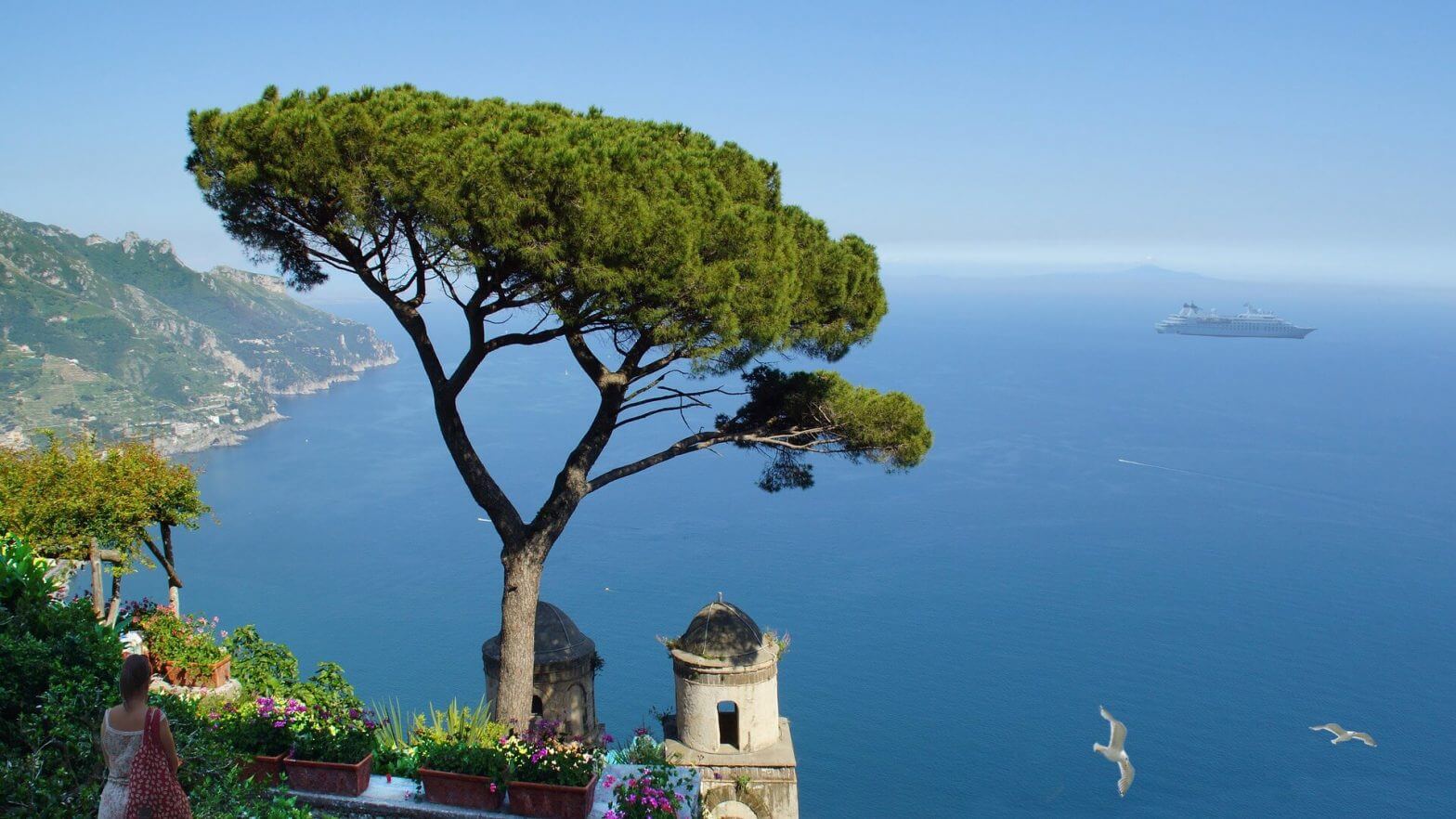Look any any photo of the Amalfi Coast and you’re liable to tell yourself it’s too beautiful to be true. From the crystal blue Tyrrhenian Sea to the undulating Lattari Mountains to the colorful buildings nestled within peaks and valleys, it’s a mythical place that leaves a permanent impression on anyone who visits. But instead of dreaming of the smell of the copious lemon groves (and Limoncello, of course), and the sound of crashing waves, start planning your next vacation.
Keep in mind that there’s no “perfect” place to stay in. If you asked a few previous travelers for their opinion, you’d probably receive a range of responses because choosing a town all comes down to personal preference and needs. For example, how important is location to you? Are you traveling with kids, elderly, or is it a romantic getaway? Are you into nightlife, the best beaches, or shopping? You get the picture.
While some visitors choose to stay in Salerno or Sorrento due to greater transportation options to surrounding areas, the following are the true towns of the Amalfi Coast. Read on to learn more about each of these charming respites so you can find the perfect home base and itinerary to match.
Positano
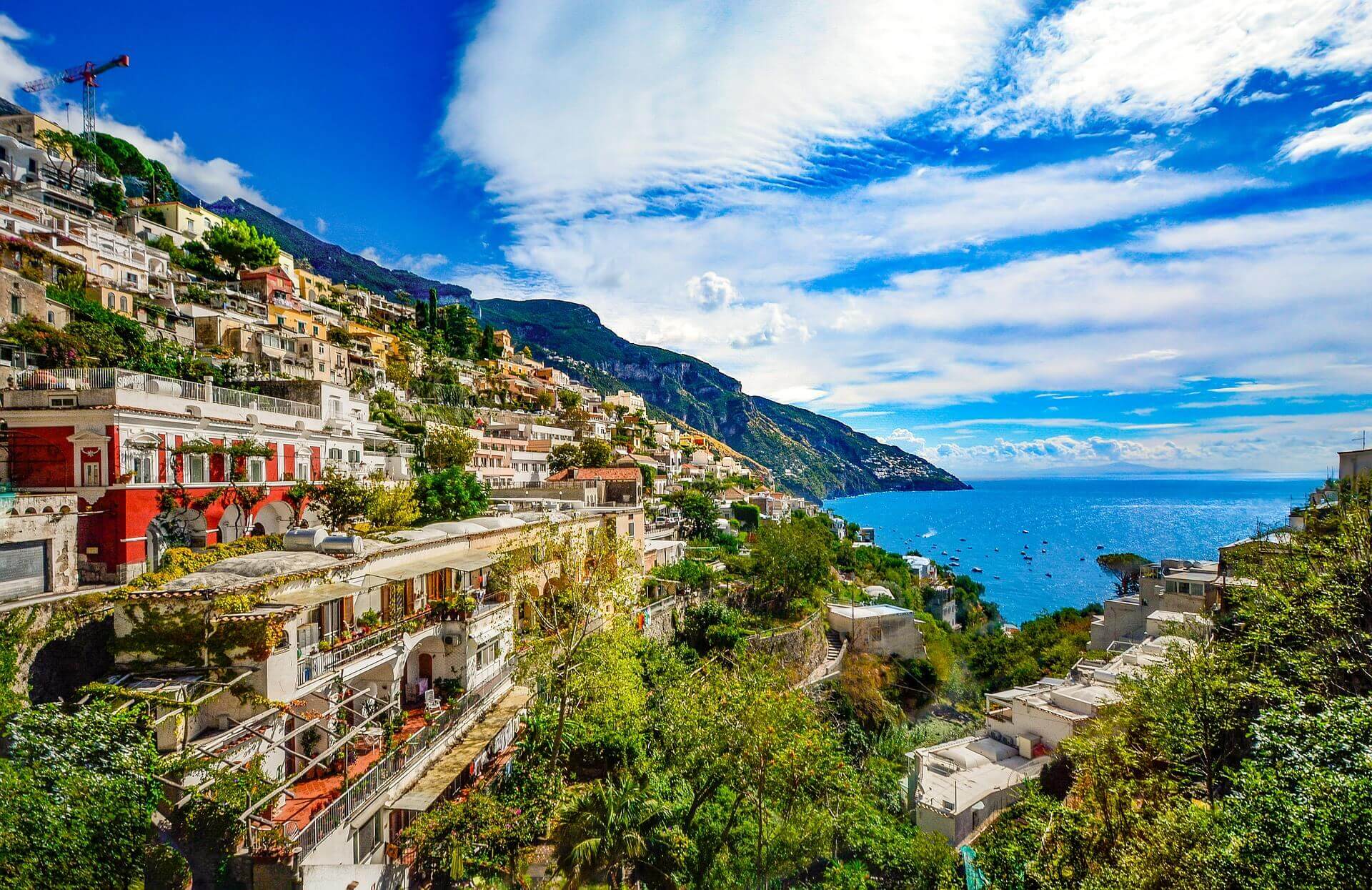
Positano
Studded with pastel houses and boasting breathtaking views, Positano remains one of the most popular towns on the coast — but don’t come here for the beaches. Pebbles replace the sand and many locations are privately run, only to be accessed for a fee. You will find, however, jet-setters and the glitterati (tourists, too) people-watching and socializing on the Spiaggia Grande, a long stretch of the waterfront that’s considered the nucleus of Positano’s dining and nightlife scene. Of course, with this ambiance also comes upscale accomodations — the priciest on the entire coast — like the legendary Le Sirenuse, for example. If you’re into chic resort wear, Positano is the place. It’s had a worldwide reputation for its ethereal beachy wares since the early 1900s. Keep in mind that Positano is known as the vertical town (read: ample steps), so it’s not the place for anyone who isn’t relatively physically fit or has difficulties walking.
Priano
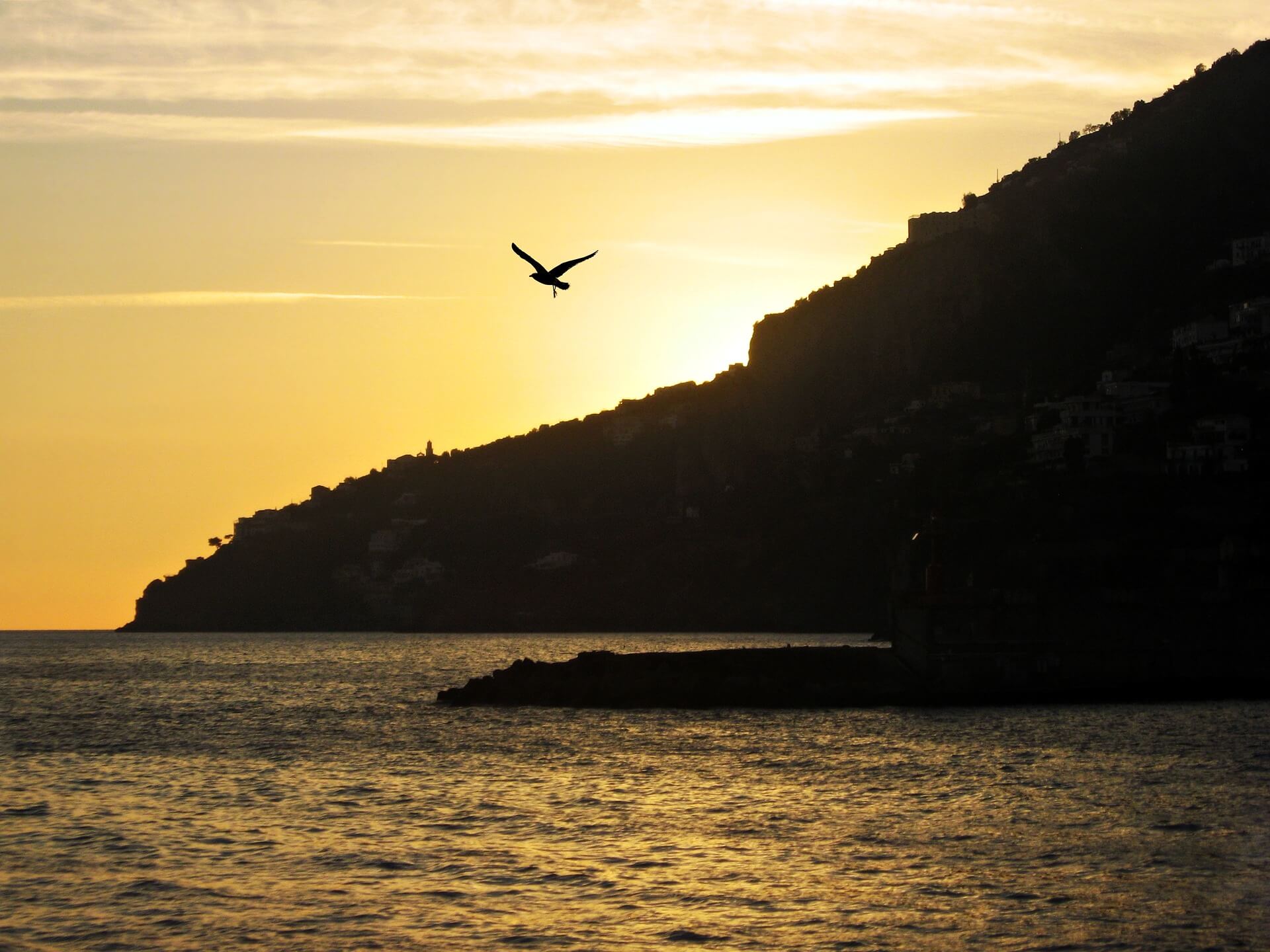
Priano
For those looking for more of a quieter (and arguably more romantic) experience, look no further than Priano (“open sea”), an ancient fishing village and resort town that’s nestled between its more well-known neighbors, Positano and Amalfi. Once a holiday destination favored by first-century Roman emperors, Priano continues to be a relaxing respite for those lucky enough to know about it. No matter where you go in this charming Eden, you’ll be treated to jaw-dropping vistas — many of which can be captured from the more budget-friendly accomodations in the area. The majority of its 2,000 residents work in the fishing industry, so rest assured you can enjoy a fresh seafood meal at one of the many cozy trattorias burrowed in the mountainside, or while catching the sea breeze on the waterfront. If you’re the active type, Priano is a perfect base for burning off your linguine con le vongole and vino on the famous Sentiero degli Dei (Path of the Gods), one of the most beautiful hikes in all of Italy — if not the world.
Conca dei Marini
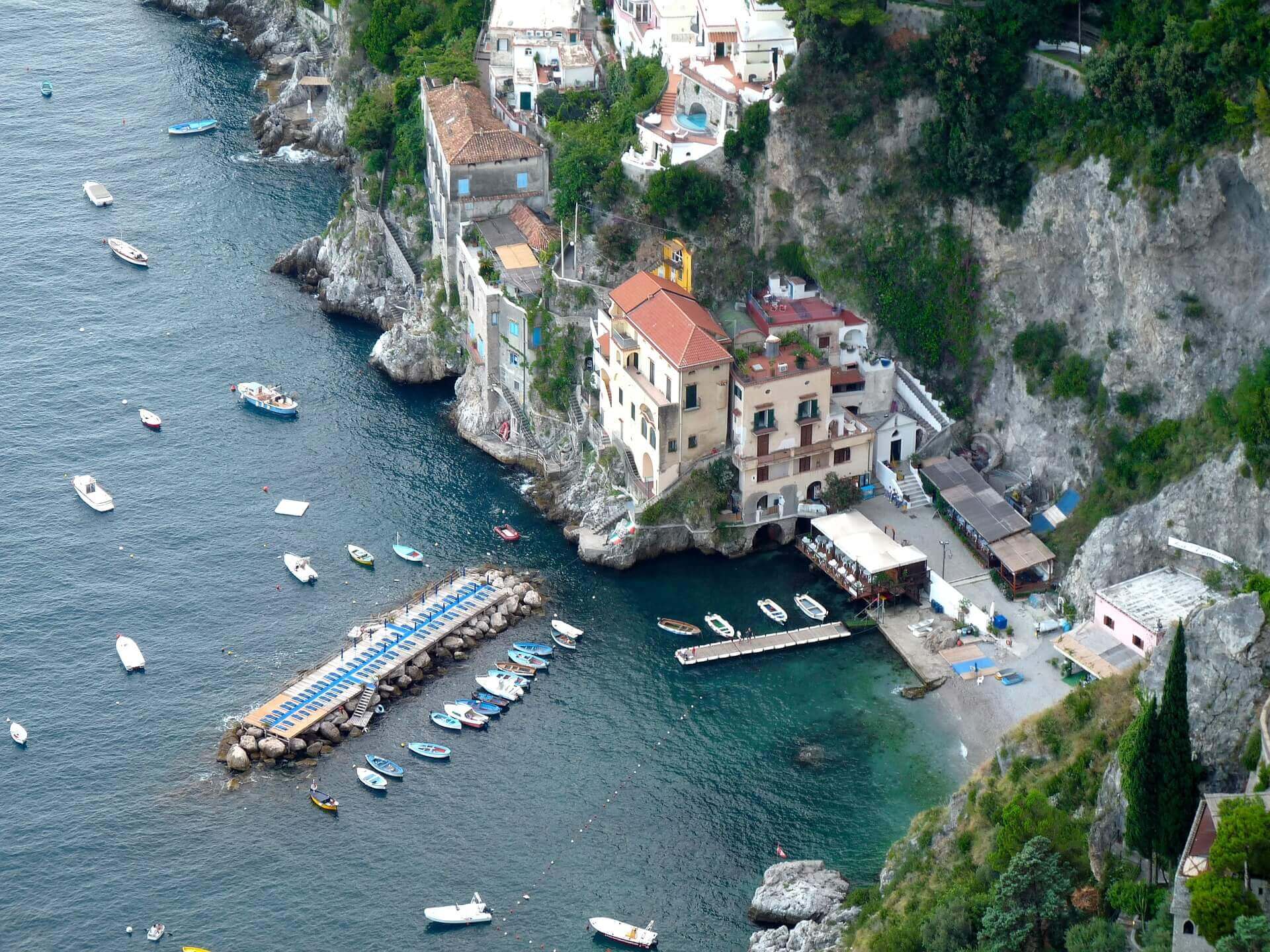
Conca dei Marini
If you’re not looking to hop from town to town, public transportation is not a need, you plan on spending a generous amount of time on the beach, hiking is on the agenda, or you’re on your honeymoon or romantic getaway, this small town is for you. Home to only a small handful of residents, you won’t find the same bustling scene here as in other towns. Perhaps the most touristy aspect of Conca dei Marini is the Grotta dello Smeraldo (Emerald Grotto), a partially-submerged cave that boasts a mysterious green glow inside that’s caused by light filtration. If you’re not up for a tour, don’t worry — there are plenty of other sea caves you can explore on your own. Head up above the town to the Convent of Santa Rosa to see birthplace of the sfogliatella, an internationally-renowned Neapolitan dessert (a shell-shaped filled pastry) that was created by nuns in the 17th century.
Amalfi
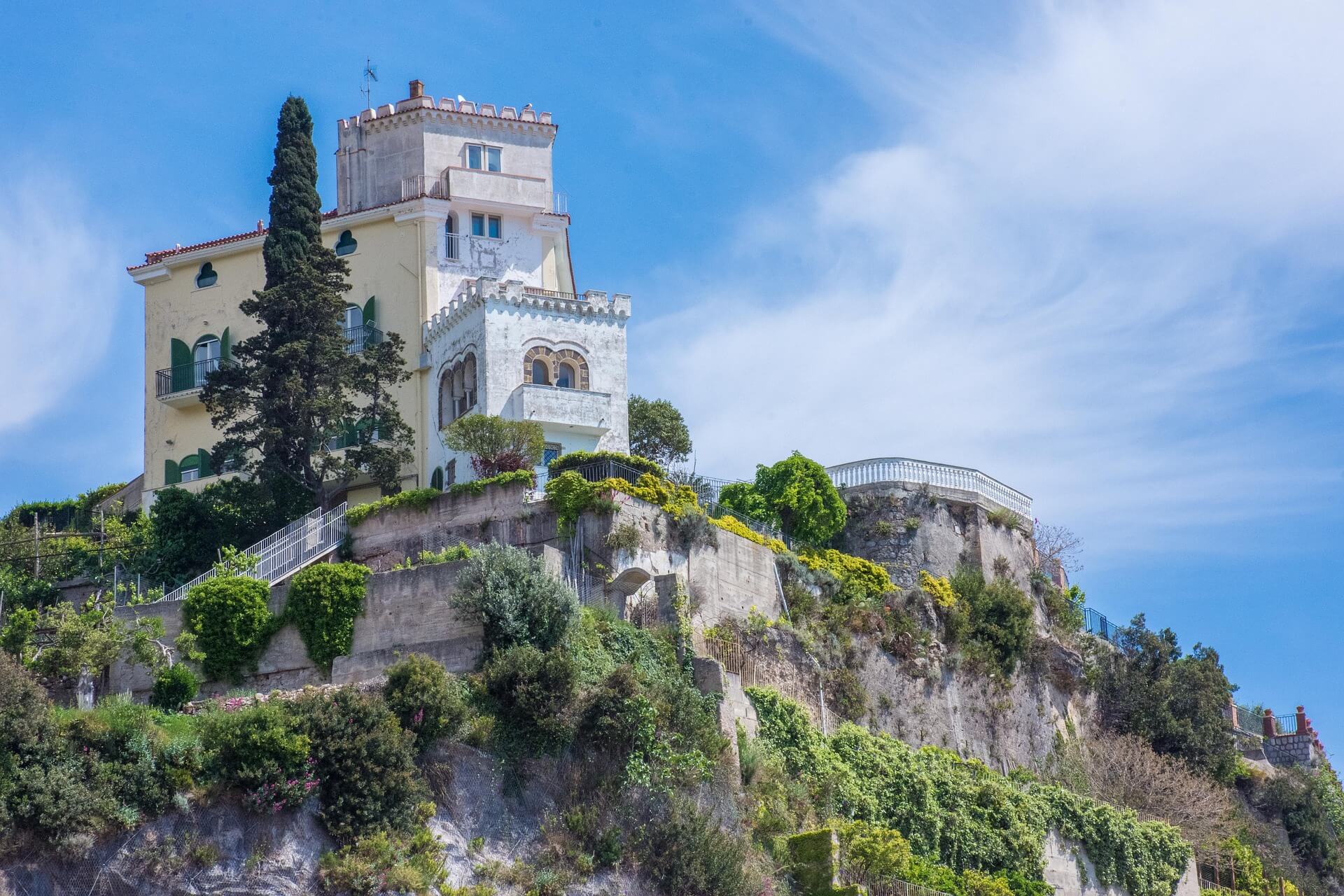
Amalfi
The largest of the towns on the coast, Amalfi offers a little bit of something for everyone (from museums to historic churches to nature parks to beaches), so it can be a good choice for those who aren’t quite sure where they want to stay. Another appealing aspect is that it’s centrally located, making it easy to visit other locations via public transportation (from bus to ferry for places like Capri), or with your own car should you feel inclined to take a white knuckle drive on the notorious Amalfi Drive. While there are plenty of seaside dining options, don’t miss out on the incognito trattorias housed in a hidden alleyway or quiet, narrow street as they offer both charm and authenticity. As long as you’re in the area, pay a visit to Atrani, a small and charming cliffside town (the smallest in southern Italy) that shares the same beaches with Amalfi.
Ravello
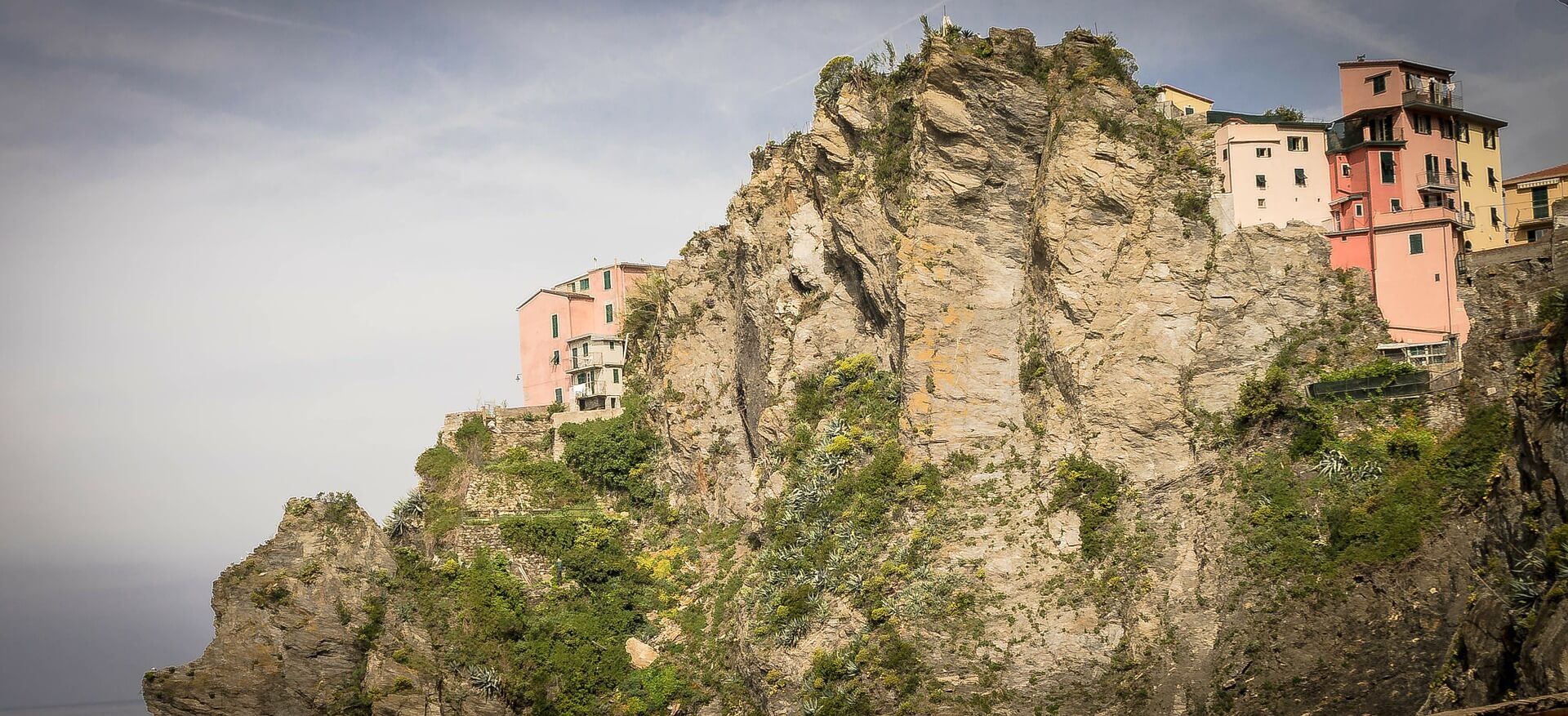
Ravello
Perched atop a cliff and away from the coast, the tiny village of Ravello is still considered one of the most beautiful, thanks to its well-manicured gardens, ample villas (including Moorish-style Villa Rufolo, home to concerts in the summer), picturesque alleyways, and unapologetically exquisite views of the sea. While it has the elegance and class of Positano, you won’t find vibrant nightlife or crowds here — especially after the sun sets. It’s a peaceful location that is best enjoyed by those looking to decompress. The accommodations vary in price range, but many of the more luxe offerings are housed in private villas. If you’re looking for a treat while you’re in town, book a Mediterranean-inspired cooking class and lunch with Mamma Agata’s Kitchen. Agata formerly cooked for the likes of legendary movie stars like Fred Astaire, Humphrey Bogart, and Elizabeth Taylor.
Maiori
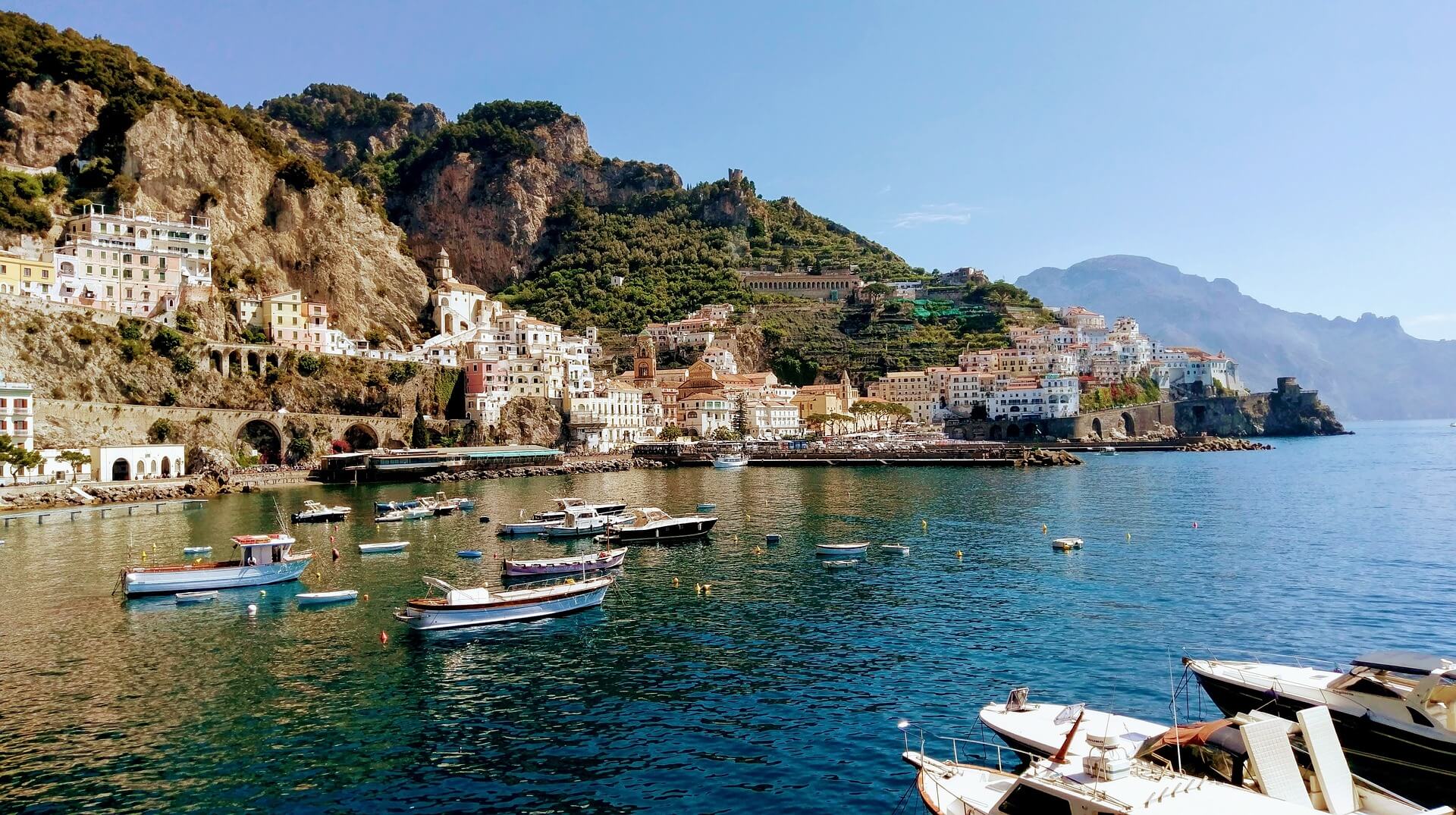
Maiori
The two main draws in Maiori are its beach (the largest on the coast) and budget-friendly nature. It’s not as charming as other towns, but it’s also not as crowded and is a good destination for families who wish to keep their kids entertained without breaking the bank. This is not to say there aren’t other things to do and see aside from sunbathing. Maiori also has some magnificent ruins, to include the Villa Marittima Romana, one of the most influential Roman archaeological sites on the entire coast. The town has also been known for its pasta since the 16th century, so foodies can enjoy an authentic carb-heavy feast at the without having to worry about the cost or crowds.
Vietri sul Mare
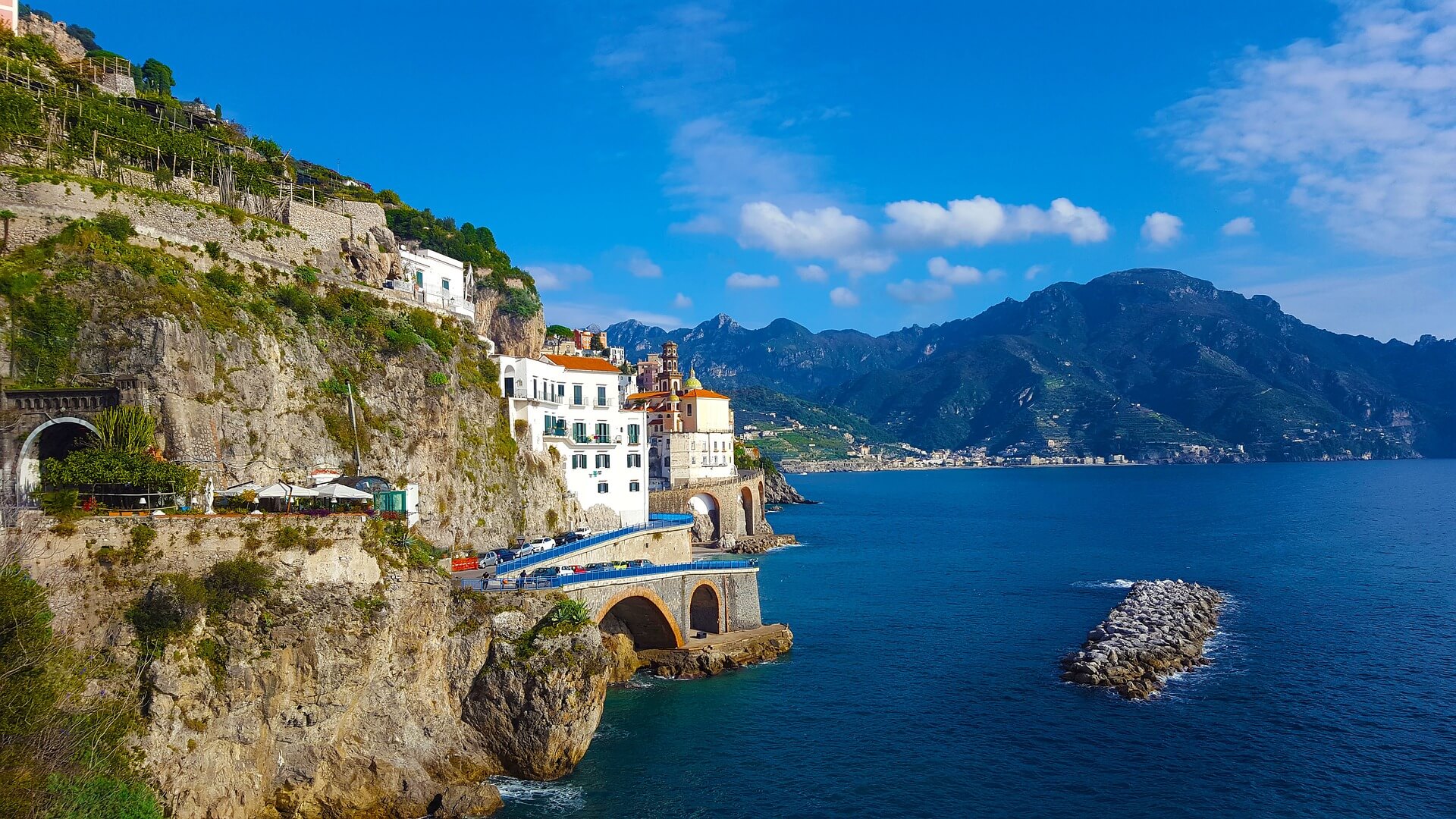
Vietri sul Mare
Located just two miles from Salerno, the small town of Vietri sul Mare doesn’t necessarily cater to tourists — but that’s part of its charm. There aren’t a lot of accomodations right in town, but the ones that are on offer are a bargain without compromising quality or character. Vietri sul Mare is known for its vibrantly-colored earthenware pottery called majolica — you’ll literally see it everywhere around town — something to keep in mind if you want to take home a one-of-a-kind souvenir.
